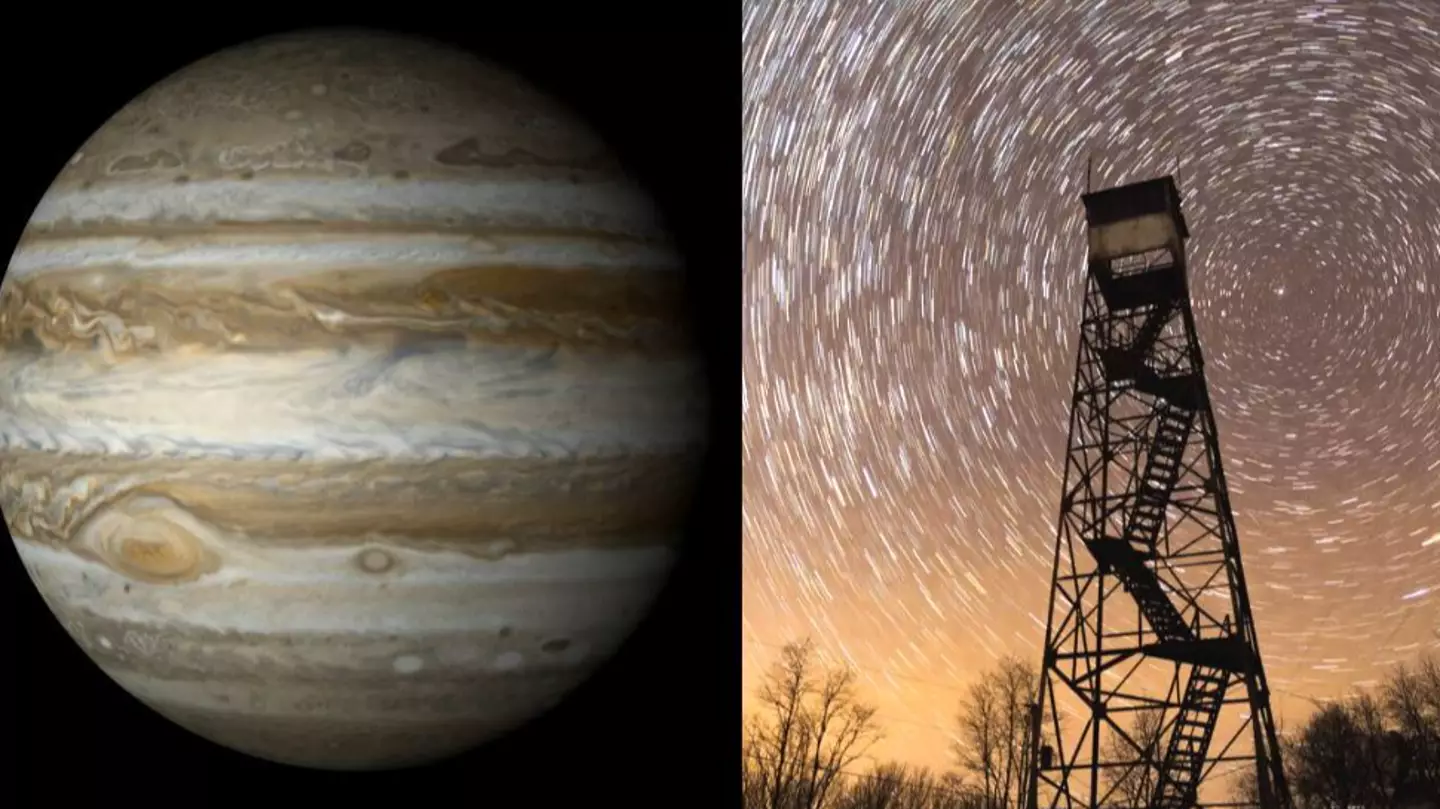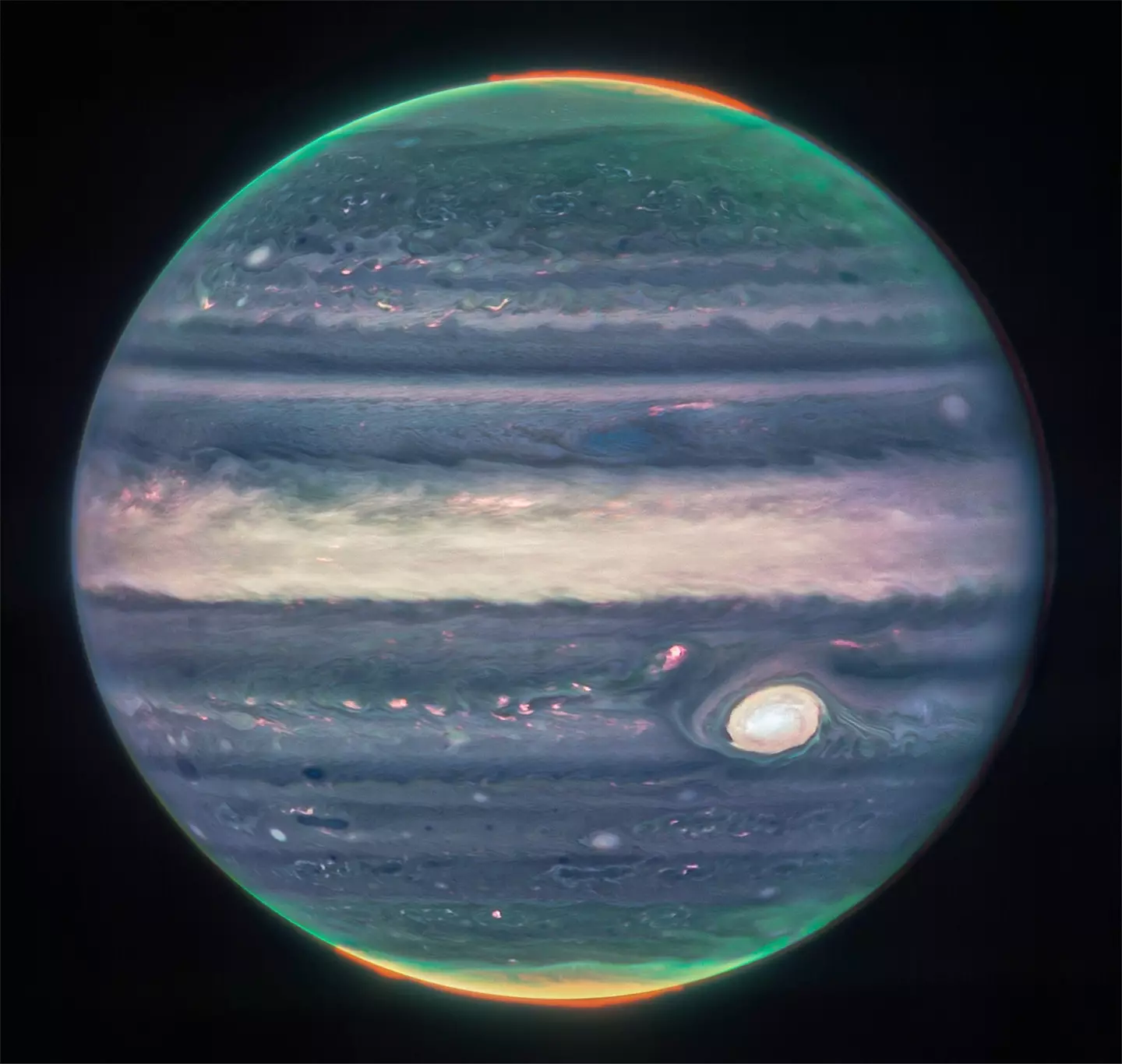
Get ready to set up a telescope, grab some binoculars or just squint your eyes in determination because Jupiter is about to be closer to Earth than it has been in decades.
The gas giant can hover as far as 600 million miles away at its furthest, but that distance will be almost halved today (26 September) when the planet passes Earth at its closest distance since 1963.
Admittedly, 367 million miles is still pretty far - about 39,000 times as far as the distance between the UK and Australia - but when we're talking about the infinite universe it's actually pretty close.

Advert
Visibility of the planet will be improved further today thanks to another event called opposition, which is when a planet is on the opposite side of Earth from the sun.
Jupiter is usually visible in the sky as long as it's not near the sun, but opposition with Jupiter takes place approximately every 13 months and helps the planet appear at its brightest.
Its current proximity to Earth will likely only enhance the experience, with the planet already having grown increasingly visible in the last few days. It will be more than 100 years before Jupiter comes this close again, so make sure to make the most of it!
Alphonse Sterling, a NASA astrophysicist at the Marshall Space Flight Center in Huntsville, Alabama, told NPR: "Jupiter is so bright and brilliant that a really nice thing about it is even in a city, in the middle of a bright city, you can see it.
"So I would say that it's a good thing to take advantage of and to look at no matter where you're at."
Your best chances of seeing Jupiter this evening will be after sunset, which is set to take place in the UK at approximately 6:50pm.
Advert
Sterling has recommended using a pair of binoculars to check out the planet, advising it's best to hold them steady so you can clearly observe it.
After taking a look at Jupiter's progress a few days ago, Sterling commented: "I could definitely see the moons, you know, off to the side of Jupiter looking like little stars. So that's a fun thing that can be done. And that's certainly easier now than it would be if Jupiter's at its furthest."
This evening's event comes after NASA released detailed images of Jupiter taken by the James Webb Space Telescope last month.